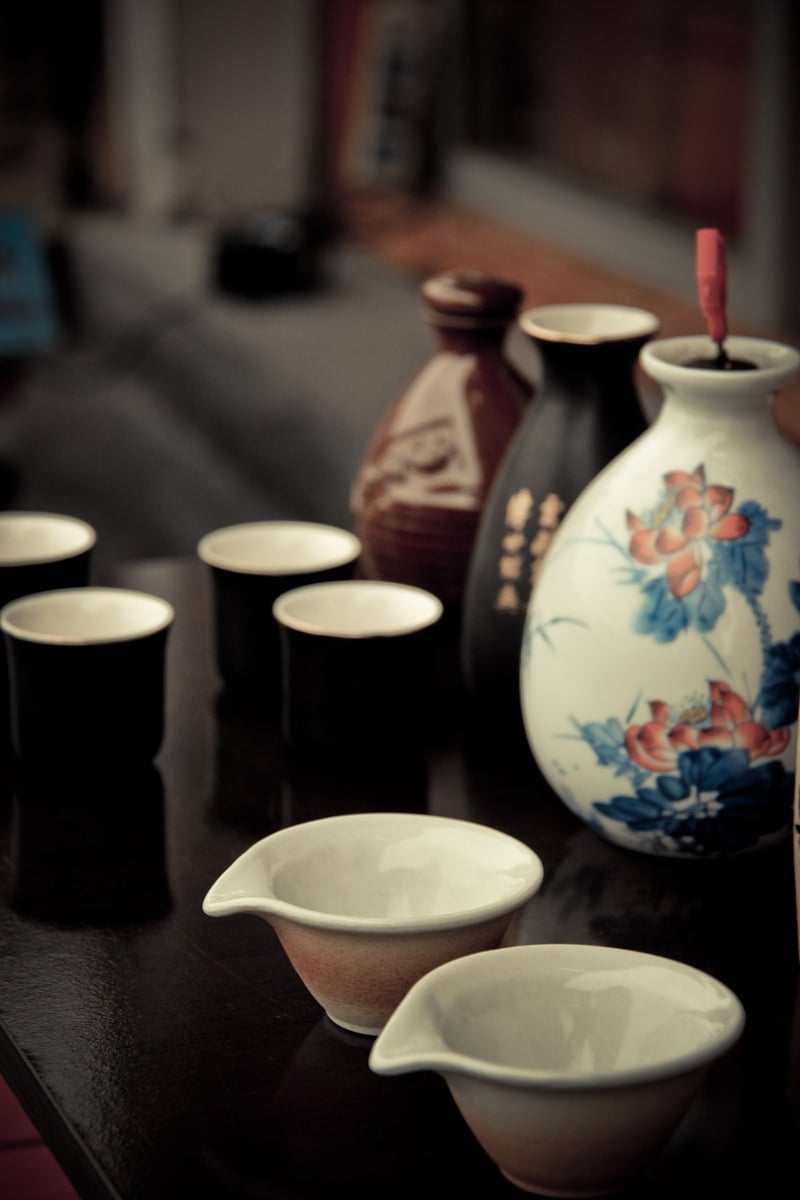Historical Dishes
Exploring Diverse Culinary Traditions and Historical Dishes
Food is not just sustenance; it's a reflection of culture, history, and tradition. Exploring diverse culinary traditions can take you on a journey through time and across continents, offering a glimpse into the rich tapestry of flavors that define different cultures. Let's delve into some historical dishes that have stood the test of time and continue to tantalize taste buds around the world.
1. Sushi (Japan)
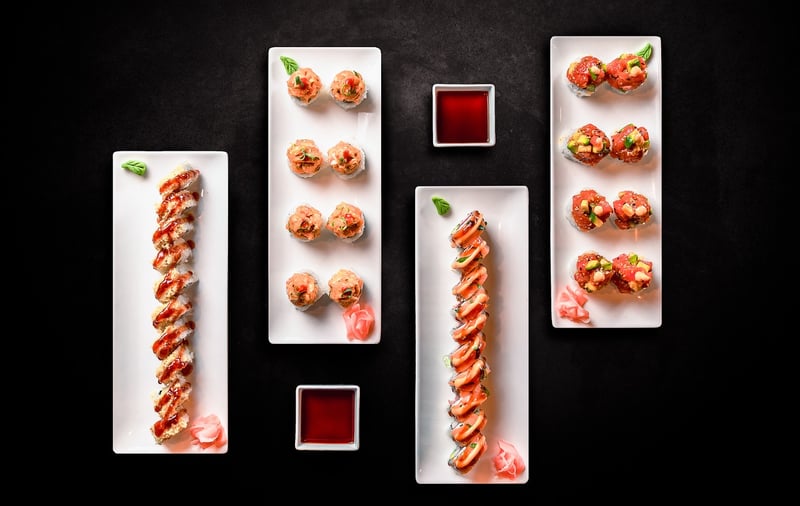
Sushi, a traditional Japanese dish, has a history dating back to the 8th century. Consisting of vinegared rice, fresh seafood, and vegetables, sushi has evolved over the years to include various styles like nigiri, maki, and sashimi. It not only delights the palate but also showcases the precision and artistry of Japanese culinary culture.
2. Paella (Spain)
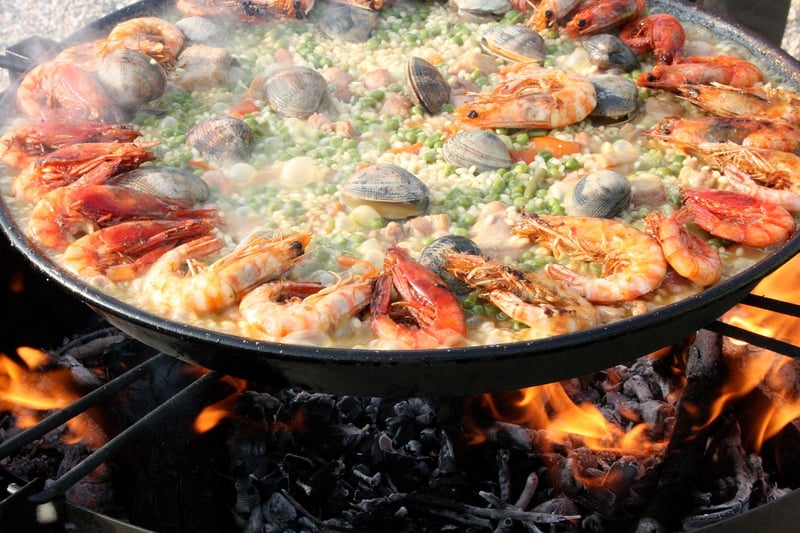
Originating from the Valencia region of Spain, paella is a flavorful rice dish cooked with a combination of ingredients like saffron, meats, seafood, and vegetables. Traditionally prepared in a wide, shallow pan, paella is a communal dish that brings people together to savor its vibrant colors and robust flavors.
3. Baklava (Middle East)
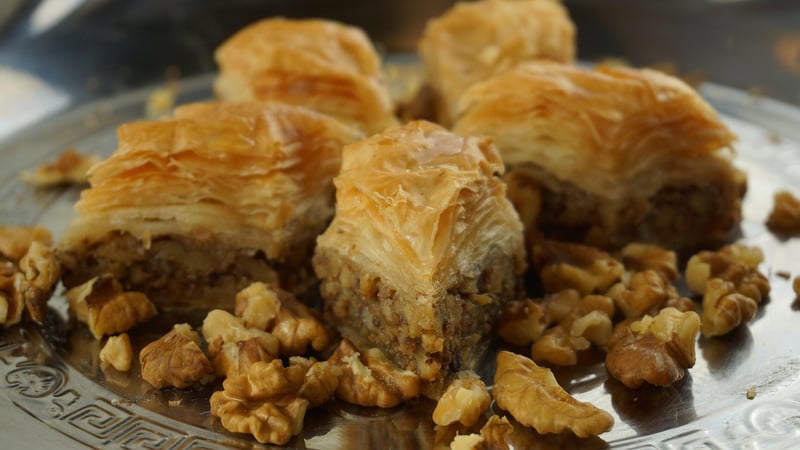
Baklava, a sweet and decadent dessert popular in the Middle East, has roots tracing back to the Ottoman Empire. Layers of thin phyllo pastry, nuts, and syrup come together to create this indulgent treat. The intricate preparation and rich flavors make baklava a symbol of celebration and hospitality in many Middle Eastern cultures.
4. Peking Duck (China)
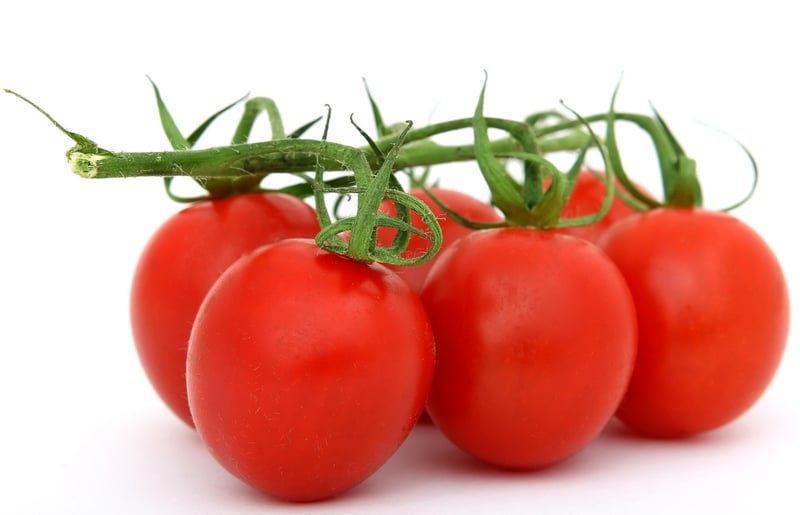
Peking Duck, a classic Chinese dish with a history of over 600 years, is known for its crispy skin and tender meat. Often served with pancakes, scallions, and hoisin sauce, this dish requires meticulous preparation and roasting to achieve its signature texture and flavor. Peking Duck remains a symbol of Chinese culinary excellence.
Exploring historical dishes like these not only offers a taste of the past but also provides a deeper understanding of the cultural significance and culinary techniques that have shaped our dining experiences today. So, next time you sit down for a meal, remember that you're not just eating food; you're savoring a piece of history.
Whether you're a food enthusiast or a history buff, the world of culinary traditions and historical dishes is bound to captivate your senses and leave you craving for more.
Keep exploring, keep tasting, and keep appreciating the flavors that connect us to our past and each other.
